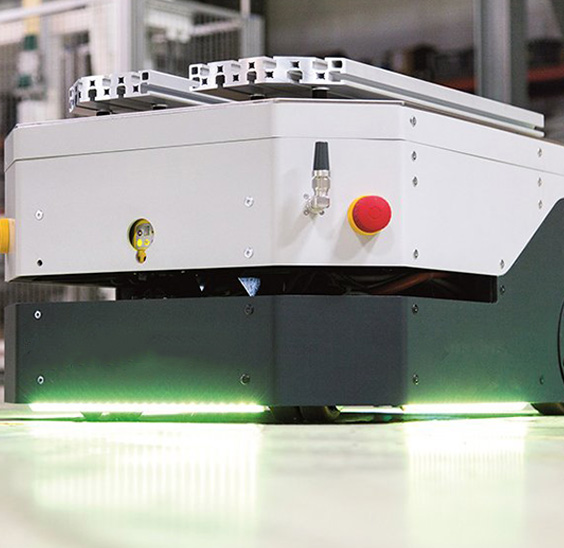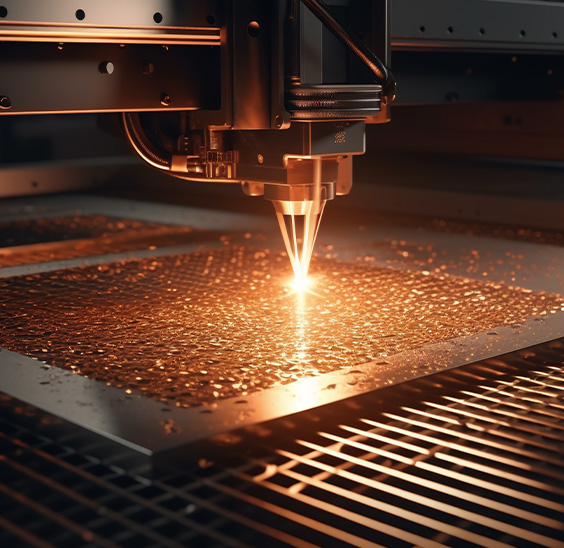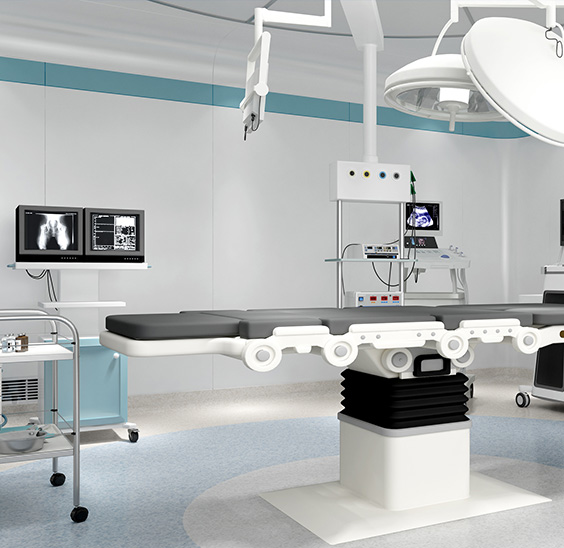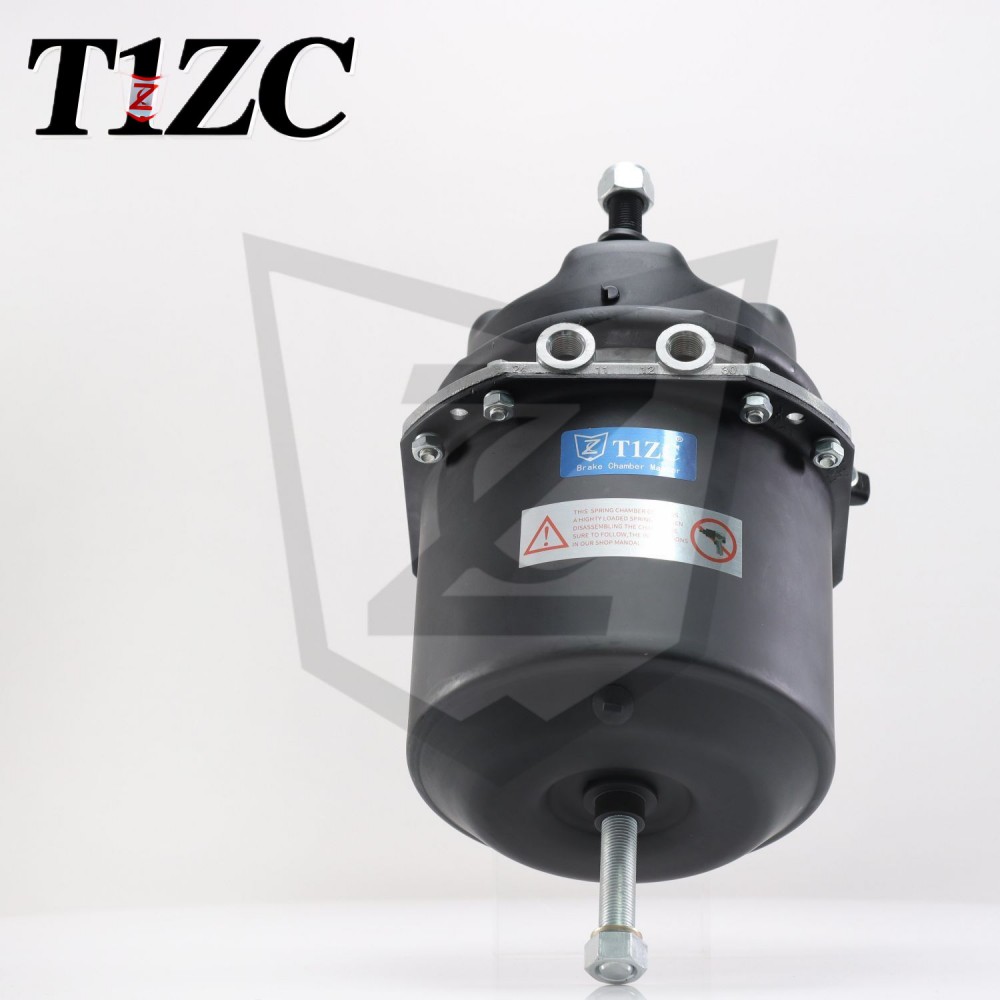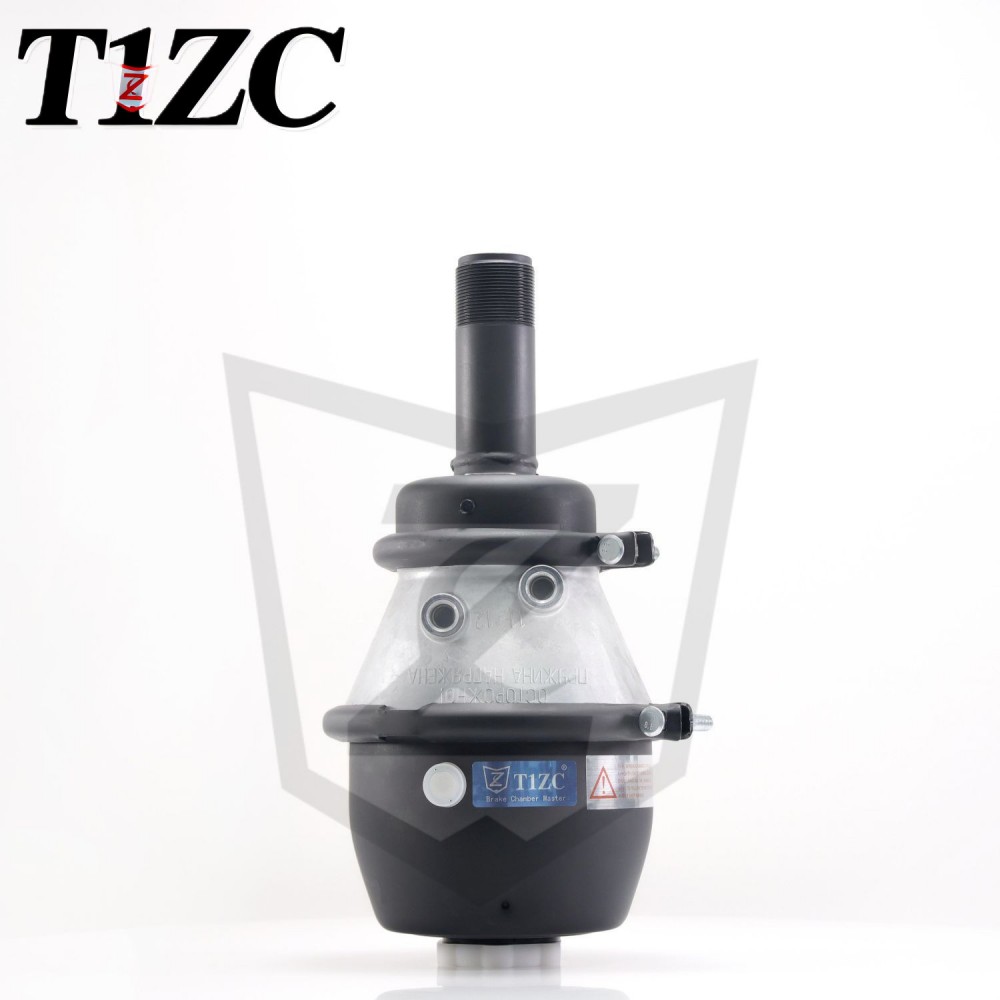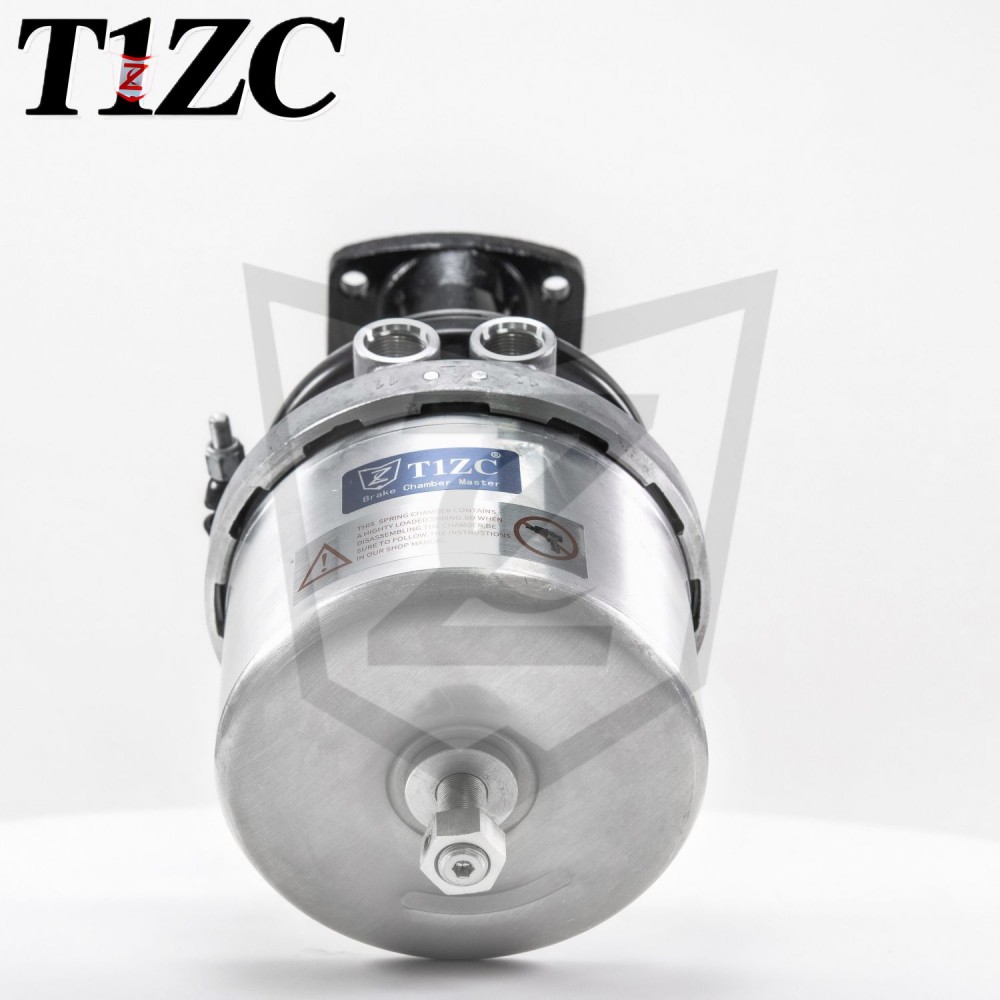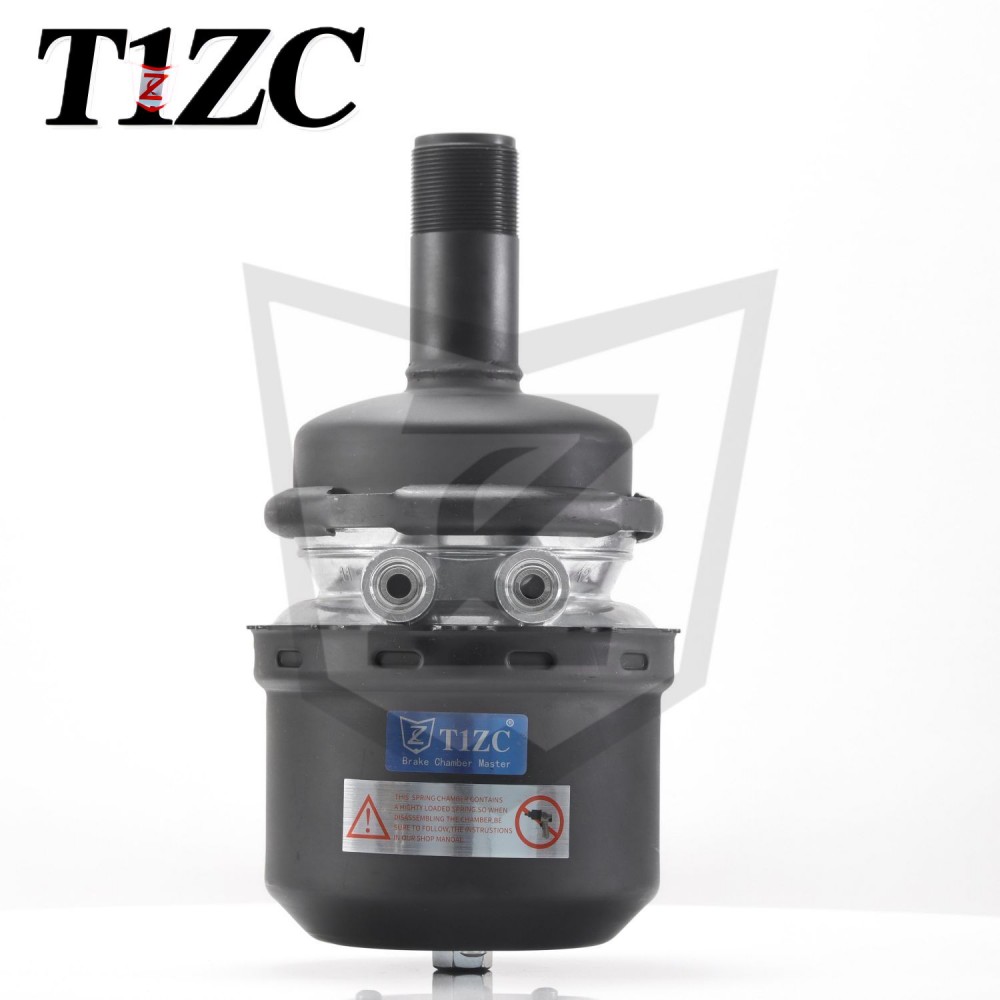What is a Wedge Brake Chamber?
The wedge brake chamber is a critical component in pneumatic braking systems, particularly for commercial vehicles. Its design and functionality play a key role in ensuring safety and efficiency in transportation.
Concept
A wedge brake chamber is a pneumatic device used to convert compressed air pressure into mechanical force to activate brake shoes in drum brake systems. It operates through a wedge mechanism: when air pressure is applied, it moves a wedge-shaped component that pushes the brake shoes outward against the brake drum, generating friction to slow or stop the vehicle. This design allows for compact and efficient force transmission, making it suitable for heavy-duty applications. The wedge brake chamber typically consists of a housing, diaphragm, pushrod, and wedge assembly, and it is integral to the service brake system in many vehicles.
Types
Wedge brake chambers are categorized based on size, capacity, and specific design features. Common classifications include standard and heavy-duty versions, which vary in dimensions and force output. For instance, type 20 and type 24 wedge brake chambers refer to different sizes standardized by industry norms, with type 24 offering higher force capacity for larger vehicles. Additionally, some wedge brake chambers incorporate features like integral slack adjusters to maintain brake shoe clearance automatically. These variations ensure compatibility with diverse vehicle requirements and braking demands.
Applications
Wedge brake chambers are predominantly used in commercial and industrial vehicles, such as trucks, buses, trailers, and construction equipment. Their robust design makes them ideal for applications requiring high reliability under strenuous conditions, including long-haul transportation, urban transit, and off-road machinery. In these settings, the wedge brake chamber contributes to effective braking performance, enhancing overall vehicle safety and operational efficiency.
Comparison
When compared to other brake actuation systems, such as cam brake chambers or disc brakes, the wedge brake chamber offers distinct advantages and limitations. Cam brake chambers use a rotating cam to apply brake force, which can be less efficient in terms of force transmission and space utilization. In contrast, the wedge brake chamber provides a more direct force application, often resulting in quicker response times and reduced maintenance due to fewer moving parts. However, wedge brake chambers may require more precise alignment and can be susceptible to contamination in harsh environments. Compared to hydraulic or electromechanical systems, pneumatic wedge brake chambers excel in heavy-duty applications due to their simplicity and compatibility with existing air brake infrastructures, though they may not match the precision of electronic systems.
FAQ
-
How does a wedge brake chamber work?
The wedge brake chamber uses compressed air to actuate a wedge mechanism. When air enters the chamber, it moves a diaphragm or piston, which drives a wedge to push brake shoes against the drum, creating braking force. -
What are the main advantages of a wedge brake chamber?
Advantages include compact design, efficient force transmission, and durability in heavy-duty use. They often provide consistent performance with minimal maintenance in suitable environments. -
Are there any common issues with wedge brake chambers?
Potential issues include wear on the wedge and brake components, air leaks, and contamination from dirt or moisture. Regular inspection and maintenance can mitigate these problems. -
How is a wedge brake chamber different from a spring brake chamber?
A spring brake chamber combines service and parking brake functions, using a spring for emergency braking, whereas a wedge brake chamber is typically used only for service braking and relies solely on air pressure. -
Can wedge brake chambers be used in all types of vehicles?
They are primarily designed for commercial vehicles with pneumatic brake systems and may not be suitable for lighter vehicles or those with hydraulic brakes without modifications.
The wedge brake chamber remains a fundamental element in pneumatic braking systems, offering reliability and efficiency for commercial vehicle operations. Understanding its concept, types, applications, and comparisons helps in making informed decisions regarding vehicle safety and maintenance. As technology evolves, the wedge brake chamber continues to be refined to meet industry standards and performance demands.


 EN
EN  English
English Português
Português
